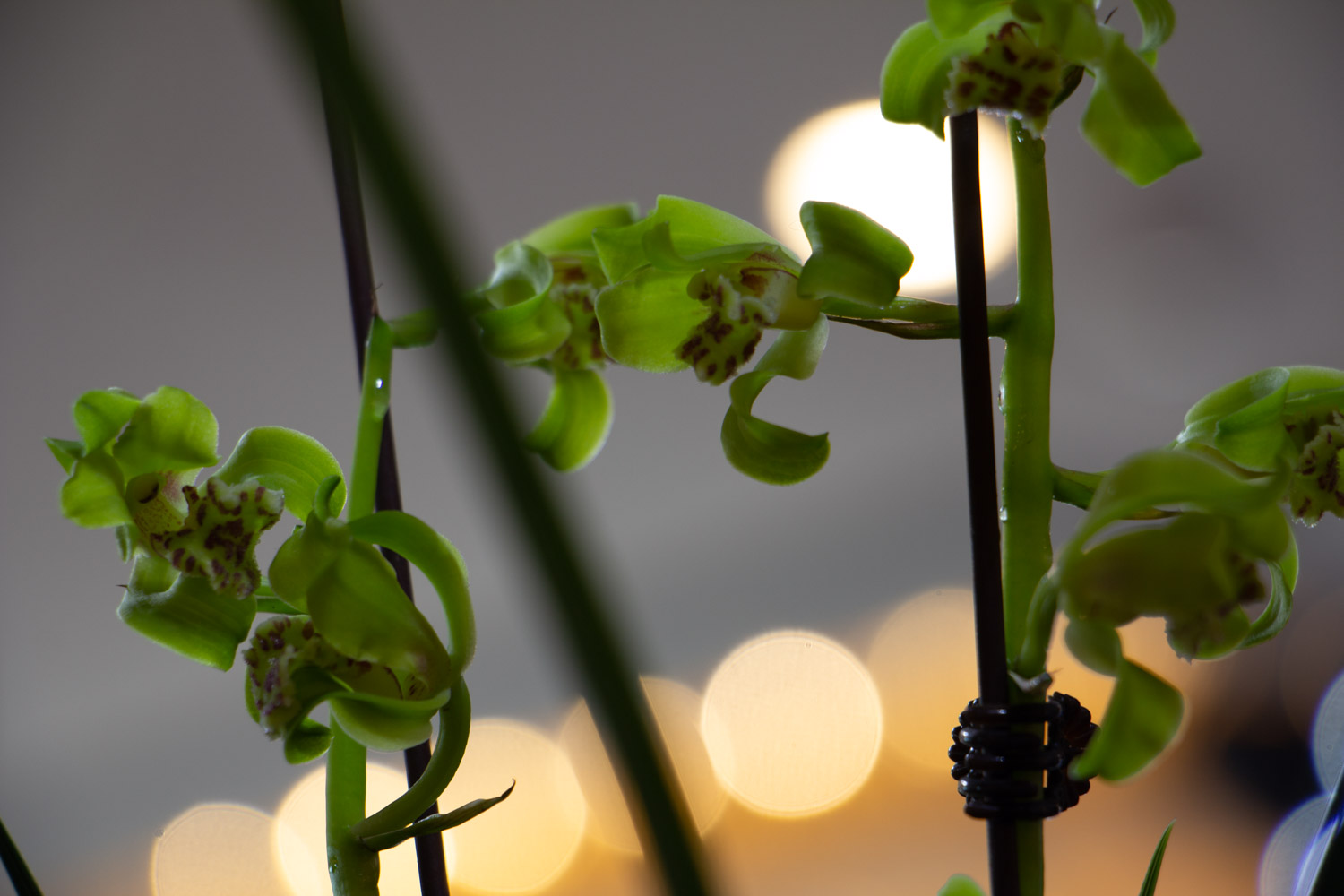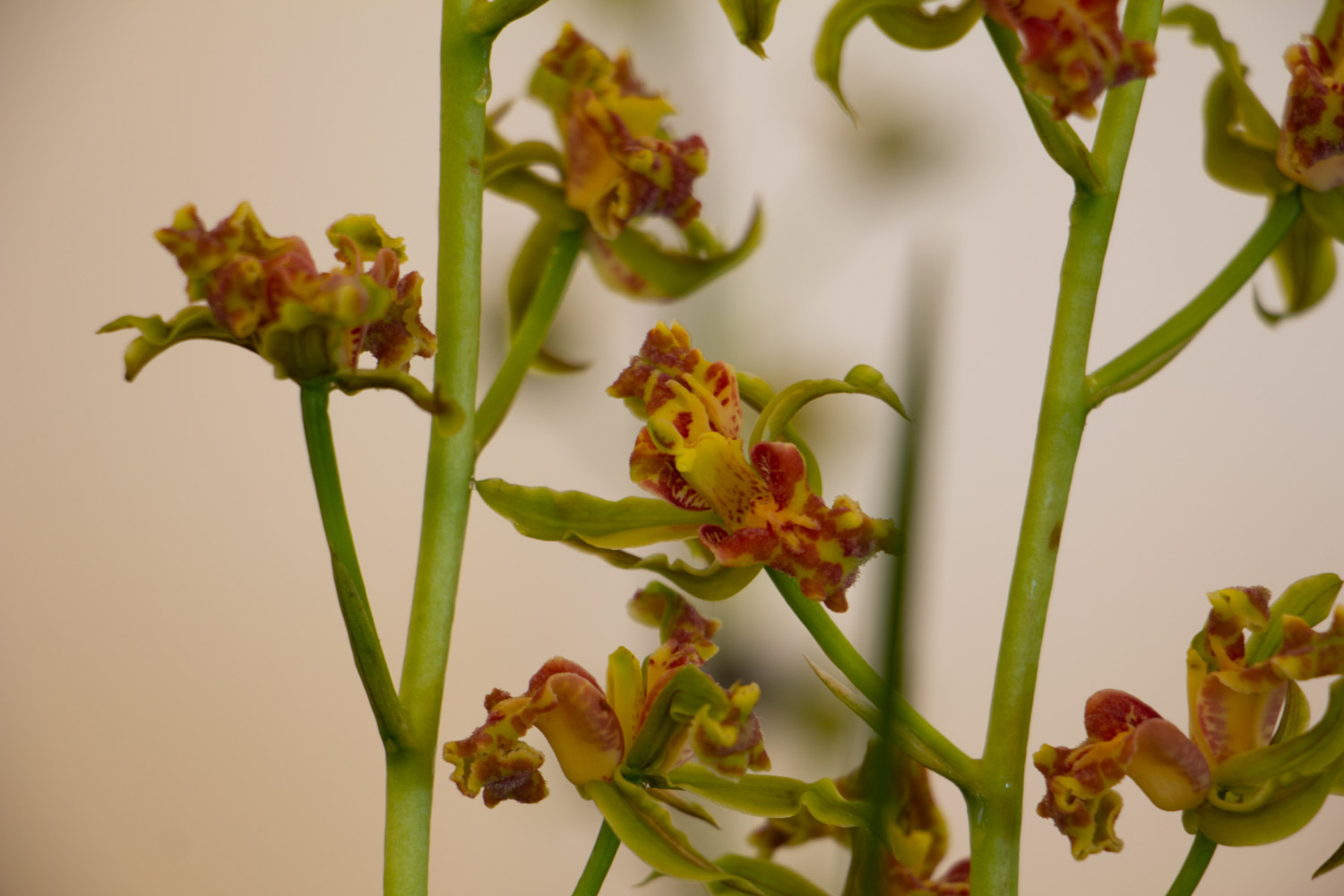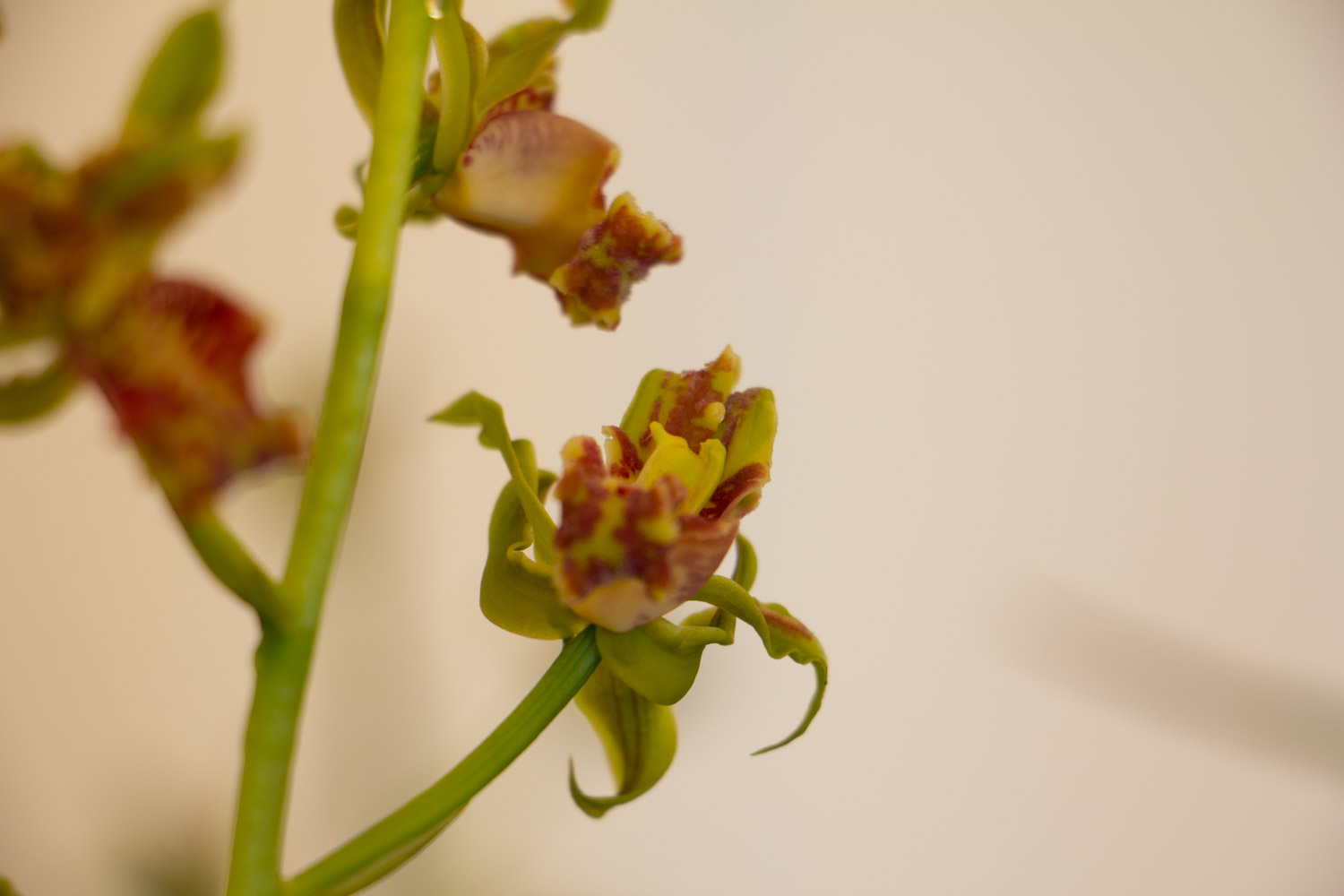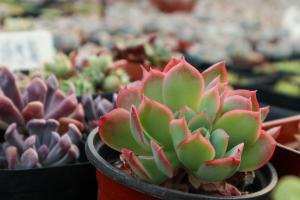Watering method
Watering in early spring is unnecessary. It's better to moisten it
When watering, it can be stopped when there is water flowing out of the basin bottom
Pay attention to the control of moisture, not too cold, close to room temperature

Light temperature control
The sunshine intensity in early spring is appropriate, which can let the orchids receive light all day. If you encounter continuous rainy days, you should replenish the light in time
Spring is a good time for orchids to resume growth. At this time, the temperature and humidity must keep up. The temperature shall be controlled between 20 ~ 26 ℃ during the day and 8 ~ 12 ℃ at night. If the temperature is low, it can be covered with plastic film to increase the temperature
Spring is relatively dry. Pay attention to control the relative humidity of the environment between 65 ~ 80%, and often spray water for humidification

Fertilization method
Don't rush to fertilize orchids in early spring. Wait until orchids adapt to the environment. Fertilizer can be applied when the temperature is stable at 18 ~ 20 ℃, and nitrogen, phosphorus and potassium fertilizer can be applied 3 ~ 4 times a month
At the same time, spring is also a high incidence season of diseases and pests, and pesticides should also keep up, 2 ~ 3 times a month

Pest control
There is a high possibility of orchid diseases in spring, such as anthrax, black spot, stem rot and so on. Prevention shall be carried out as soon as possible, especially in continuous rainy days. Spraying agents shall be carried out in time to avoid breeding bacteria in humid environment

Sparse flower bud in spring
After a winter of dormancy, the flower bud began to grow faster. Before flowering, cut off unhealthy and small flower buds appropriately according to the growth strength of orchids. Generally, the pot is full of strong grass, the spring orchid leaves 2-3 flower buds, and the cymbidium leaves one flower bud

 how many times do yo...
how many times do yo... how many planted tre...
how many planted tre... how many pine trees ...
how many pine trees ... how many pecan trees...
how many pecan trees... how many plants comp...
how many plants comp... how many plants can ...
how many plants can ... how many plants and ...
how many plants and ... how many pepper plan...
how many pepper plan...































